I’d like to think I’m pretty hip with American cultural references. The fact is, sometimes I have to go look up something in the Urban Dictionary to understand what someone actually meant. Most of these cultural and social terms do not bear repeating. But some of them are hilarious. And let’s face it, if someone at work sees you looking at the Urban Dictionary, you may end up discussing your research with the folks down in HR.
My most recent discovery is the term “Riker’s beard,” with the following excerpt taken from the top definition from Urban Dictionary:
The opposite of jump the shark, i.e. when a TV show goes from unspectacular/boring/outlandish to completely awesome. It references Star Trek: The Next Generation, which was unspectacular until season 2, when Commander Riker grew a beard. The show kicked ass from then on.
Having been around long enough to see the original episode of Happy Days when The Fonz actually jumped the shark pen on waterskies, I can relate. That episode sucked something awful. In fact, that episode was so completely terrible it created the term “jumping the shark.”
I was sitting on my lanai, enjoying the moment and the sunset with a good cigar, while sipping a delicious Burley Oak “Rude Boy” and a stout a friend made, when it hit me how shark jumping and Riker’s beard relate to beer.
Several small breweries have opened up in the last few years within a 30-minute drive from my home. One of first to open became an instant favorite for me. Not because the beer was great, but because I liked them personally. It’s always nice to know your money is going to people who live near you and have mortgages in your town, vice seeing your money go to a conglomerate in some megacity nowhere near you. This brewery’s beers were, at the time, just so basic and not very interesting in their first year. Nothing terrible mind you, but nothing I would ship to beer-friends on the opposite coast. The tiny brewery grew slowly and steadily for a year or two, just churning out its core beers and getting better with every batch. And then it happened. The owner turned the Brewmaster loose and let him create beers outside of the core lineup.
In those initial two years, the brewery quietly learned and stealthily grew its Riker’s beard. Then I heard a rumbling about a new IPA that had been sampled by friends and their response was pretty enthusiastic. Now, the IPA frenzy has made me a little leery of “over-hype,” so I went to the bar closest to the brewery to try it out for myself. The IPA was an amazing and very refreshing, and thankfully clear (http://www.midwatchbrewingco.com/filter-a-dirty-four-letter-word/) concoction. It was by far the best thing the young brewery had produced. This new-found momentum turned into Brewmaster-series one-off beers and continued success; they have clearly found their mojo.
Beer is exactly like everything else we know. To this small brewery’s yin, there has to be a yang. We all know these breweries – the ones that rest on their early success, cut corners, relax process and quality control or just go crazy. I can think of quite a few good craft breweries purchased by large conglomerates that just destroyed what had been built. Over-production, flooded markets, chasing trends, and most terribly – adding fruit to every damn beer they make. It would seem these breweries were looking for the ramp and the shark pen. I am not saying they cannot grow or progress, but you cannot dazzle discerning beer drinkers with bullshit and gimmicks. It grows old after the first pint. After all, how many watermelon <insert style here> beers can you drink, anyway?
So take a lesson The Fonz never learned: go back to solid writing, awesome character development, and quality production, and the viewers, er, drinkers, will reward you.

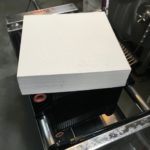
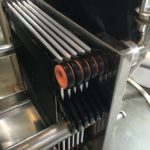
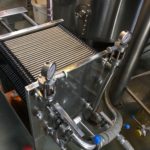
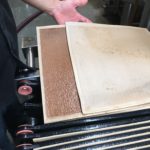
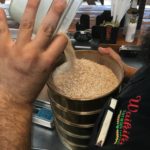
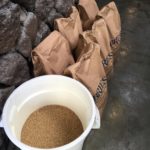
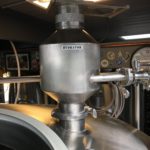
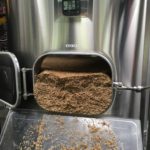
 At this point in the homebrew infatuation, who hasn’t thought of quitting their day job and going pro? After five or more beers, just about every serious beer drinker (let alone brewer) with whom I’ve ever had a conversation mutters something along the lines of: “Wouldn’t it be effing cool to own your own brewery?” Well, I’ve asked myself, and my adorable wife, that question many, many times.
At this point in the homebrew infatuation, who hasn’t thought of quitting their day job and going pro? After five or more beers, just about every serious beer drinker (let alone brewer) with whom I’ve ever had a conversation mutters something along the lines of: “Wouldn’t it be effing cool to own your own brewery?” Well, I’ve asked myself, and my adorable wife, that question many, many times.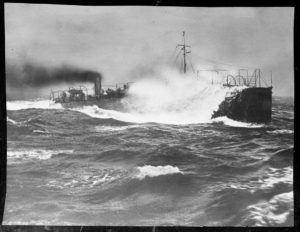
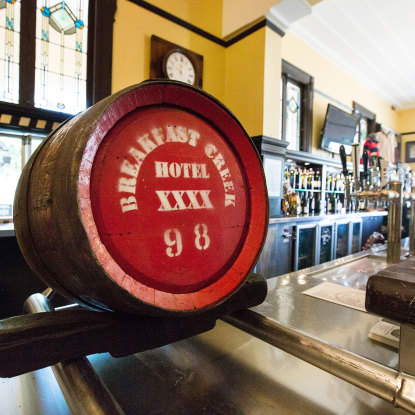 I had another interesting experience with cask conditioned beer on my second trip to Brisbane, Australia. A friend of mine had been there many times, and knew of a place called The Breakfast Creek Hotel (the locals call it the “Brekky Creek”). This place had the best steak house going (the kind where you choose your steak in the case) and the Paddy Fitzgerald Bar, a really cool bar that still serves cask ale. The beer was XXXX Bitter (spoken “four-ex”),made by Castlemain Perkins in Brisbane, Australia. On its own merit, XXXX Bitter is a good beer, a kind of English bitter hybridized with a Czechoslovakian lager yeast. It is great, 4.6% ABV, and crushable. The XXXX Bitter on cask at the Brekky Creek is from another world. There is something amazing that happens in the cask. I don’t know if it is the brewers pitch, the wood, the tradition, or the specter of seeing it tapped with a hammer…but it is amazingly different. I have consumed many, many pints of XXXX Bitter, “off the wood” as the barman says, while at the Brekky Creek and they were all amazing. The cask mellows all the flavors a bit. The bittering from the hops is toned down, and the wood adds a different mouthfeel than you would get from a bottle of standard CO2 draught. The differences to most people would be significant enough to suggest the cask and non-cask versions of the same beer were actually two different beers. As a really cool side note to the Paddy Fitzgerald Bar fame, I would add that they have a very interesting tradition regarding a tapped cask. They finish it that day. Don’t get me wrong, they are small casks (10 gallons/38 liters I believe), but those of you sitting in the bar within an hour of closing could get a special treat. The last time I was there, in 2006, I happened to be there with only four other patrons – two locals and three of us Sailors. The locals kindly accepted the free pitcher that the barman poured for them and took a while to consume it. My friends and I went through pitcher after pitcher of wonderful beer while discussing such lofty topics as US football vs. Rugby, Rugby Union, and Australian Rules. We also debated who had consumed more, and which of us had the largest bladder (Big Head Todd drank way more, and I had the largest bladder).
I had another interesting experience with cask conditioned beer on my second trip to Brisbane, Australia. A friend of mine had been there many times, and knew of a place called The Breakfast Creek Hotel (the locals call it the “Brekky Creek”). This place had the best steak house going (the kind where you choose your steak in the case) and the Paddy Fitzgerald Bar, a really cool bar that still serves cask ale. The beer was XXXX Bitter (spoken “four-ex”),made by Castlemain Perkins in Brisbane, Australia. On its own merit, XXXX Bitter is a good beer, a kind of English bitter hybridized with a Czechoslovakian lager yeast. It is great, 4.6% ABV, and crushable. The XXXX Bitter on cask at the Brekky Creek is from another world. There is something amazing that happens in the cask. I don’t know if it is the brewers pitch, the wood, the tradition, or the specter of seeing it tapped with a hammer…but it is amazingly different. I have consumed many, many pints of XXXX Bitter, “off the wood” as the barman says, while at the Brekky Creek and they were all amazing. The cask mellows all the flavors a bit. The bittering from the hops is toned down, and the wood adds a different mouthfeel than you would get from a bottle of standard CO2 draught. The differences to most people would be significant enough to suggest the cask and non-cask versions of the same beer were actually two different beers. As a really cool side note to the Paddy Fitzgerald Bar fame, I would add that they have a very interesting tradition regarding a tapped cask. They finish it that day. Don’t get me wrong, they are small casks (10 gallons/38 liters I believe), but those of you sitting in the bar within an hour of closing could get a special treat. The last time I was there, in 2006, I happened to be there with only four other patrons – two locals and three of us Sailors. The locals kindly accepted the free pitcher that the barman poured for them and took a while to consume it. My friends and I went through pitcher after pitcher of wonderful beer while discussing such lofty topics as US football vs. Rugby, Rugby Union, and Australian Rules. We also debated who had consumed more, and which of us had the largest bladder (Big Head Todd drank way more, and I had the largest bladder).